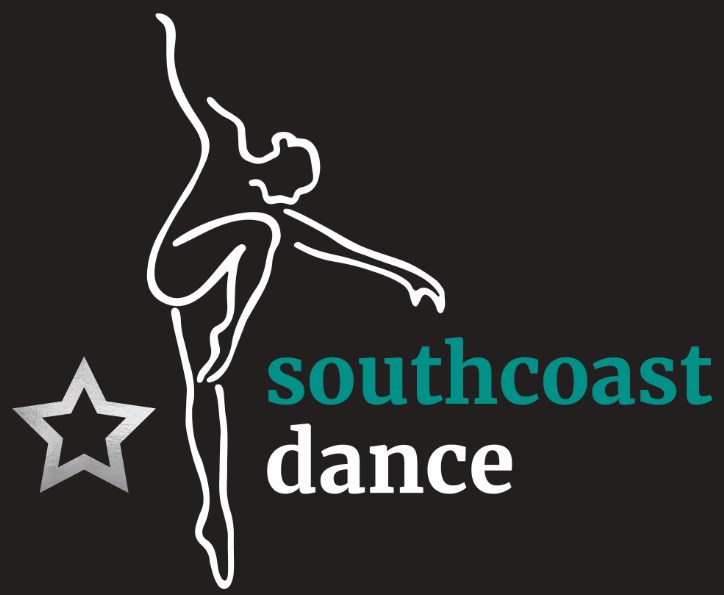
History of Jazz Dance
September 19, 2017One of the most popular dance styles is Jazz, and it is no wonder why people are attracted to it. This style of dancing has vibrant moves such as jumps, strong turns, and extended kicks that are alluring to watch, and invigorating to perform. Students of jazz get plenty of healthy exercise as they practice leaping, turning and kicking across the dance floor.
Jazz music is also one of the main aspects of the dance style, and it is has constantly changed over the decades – influenced by music and traditions with origins from Africa and American slave traditions. The music and dance became entwined with swing, Broadway, vaudeville, tap, and Minstrel shows, and the style of jazz continues to change to this day.
Origins of Jazz from The Early 20th Century
Slaves that were bound for America during the 1800s were required to dance to keep fit, and this regular scheduled dancing continued after they arrived in the Americas and the mainland United States. As the years passed, a free-style form of dancing evolved that included jumping, leaping, kicking, and dramatic yet graceful turning motions.
Black Americans were at the forefront of the jazz movement in the early 1900s, and the dancing at that time closely resembled tap dancing, and, for a time, jazz dancers and tap dancers were nearly indistinguishable in the public’s eye. As dancing trends like the Boogie Woogie, the Jitterbug, and the swing spread, influential dancers like Joe Frisco introduced stylish shuffles and turns that helped to spread the interest of jazz during the vaudeville era.
Jake Cole – a famous choreographer and theatre director during the early 1900s, is well-known today as being the ‘father of jazz dance’. His ballet style, along with his theatrical expression, became the foundation of movements that now consist of contemporary jazz dancing today. His most note-worthy contribution to jazz would undoubtedly be his choreographing of the musical ‘West Side Story’, in collaboration with an American composer, Stephen Sondheim.
Today’s jazz dancing has many Broadway-inspired movements, which also includes even hip and street dancing techniques and flare. However, the basics of jazz techniques are still the contemporary fluid leaps, kicks and strong yet graceful turns.
For those interested in learning and experiencing jazz dancing, classes are available in Melbourne, at Southcoast Dance School. Here, you will learn the commercial style of jazz dancing, which includes all the moves such as leaps, kicks, jumps and turns that have made jazz the popular dancing style it is today. Assessment classes and open jazz classes are available to all ages.
Optimized by NetwizardSEO.com.au
Posts 2018
Posts 2017
- The Impact of Choreography and Music in Dancing
- Contemporary Dance Styles and Techniques
- Southcoast Dance School: Helping You Set and Achieve Your Dance Goals
- Why It's Never Too Late To Start Dancing
- Hip Hop Dance: From the Streets to Global Recognition
- Reasons Why Dancing Can Help Relieve Stress
- Tap Dancing Classes: The History of Tap Dance
- History of Jazz Dance
- Enhance Your Child's Natural Dance Talent with Dance Lessons and Training
- The Southcoast Dance School Experience: Encouraging Children to Reach Their Dreams
- Why Mature Adults and Seniors Should Participate in Zumba Fitness
- The Positive Effects of Kinder Dance Lessons for Children
- Health and Emotional Benefits of Taking up Dancing Lessons
- The Edgy and Complex Beats of Hip Hop Dancing Makes it Fun to Learn
- Top 5 Reasons Why You Should Take Up Jazz Dancing Classes
- Zumba Fitness Dance: What Are the Benefits?
- Ballet Dance History and Artistry: What Makes It Uniquely Beautiful?
- Tap Dance Facts: History and What Makes It Unique?
- Key Qualities that a Professional Dance School Should Have
- Benefits of Enrolling in a Professional Dance School

